
Each of us has different email campaigns, some to generate leads and others to increase engagement. Wouldn’t it be fantastic if you could use tailored content that makes targeting individual customers simpler?
Well, look no further! Dynamic email content can provide the capability for automated customized emails based on customer actions – so why wait any longer? Let’s Unlock this revolutionary tool now and watch your business grow!
So, in this blog post, we’ll discuss what dynamic email content is, its benefits, the different types you can use, and the steps to create it.
Let’s start by understanding what it is.
What Is Dynamic Email Content?
Dynamic email content is a personalized email that can target individual customers with tailored content based on what they do. It helps create more personalized emails by using data like what customers bought, what they clicked on, and their interests.
It allows marketers to create a more tailored message better suited for individual customers, improving customer engagement and driving ROI.
Benefits Of Dynamic Email Content
Email marketing is one of the most effective strategies for driving leads, sales, and customer satisfaction. Why not use dynamic email content to get more out of it? Here are some benefits:
- Saves Time
Marketers are tight with their schedules, and dynamic email content can help to save a lot of Time. By automating emails, marketers don’t have to create unique messages from scratch for each customer.
However, through dynamic email content, you can automate the process of creating tailored emails to make the process easier.
- Improves Customer Experience
Crafting customized emails geared toward the individual customer boosts engagement and loyalty and allows marketers to be more creative with their campaigns.
Customers will feel seen and appreciated by sending personalized messages tailored to each recipient, leading to greater satisfaction.
Plus, creating content that resonates better with people one-on-one opens up opportunities for more engaging communication – allowing for even better results.
- Improves Return on Investment
You can maximize conversions and your ROI by targeting potential customers at the exact moment with relevant messages.
With this powerful toolset at your disposal, you can get more bang for your buck by precisely spreading the correct message over a broad range of campaigns.
By taking advantage of its capabilities, increasing revenue streams through targeted marketing strategies is easier than ever!
Different Types Of Dynamic Email Content
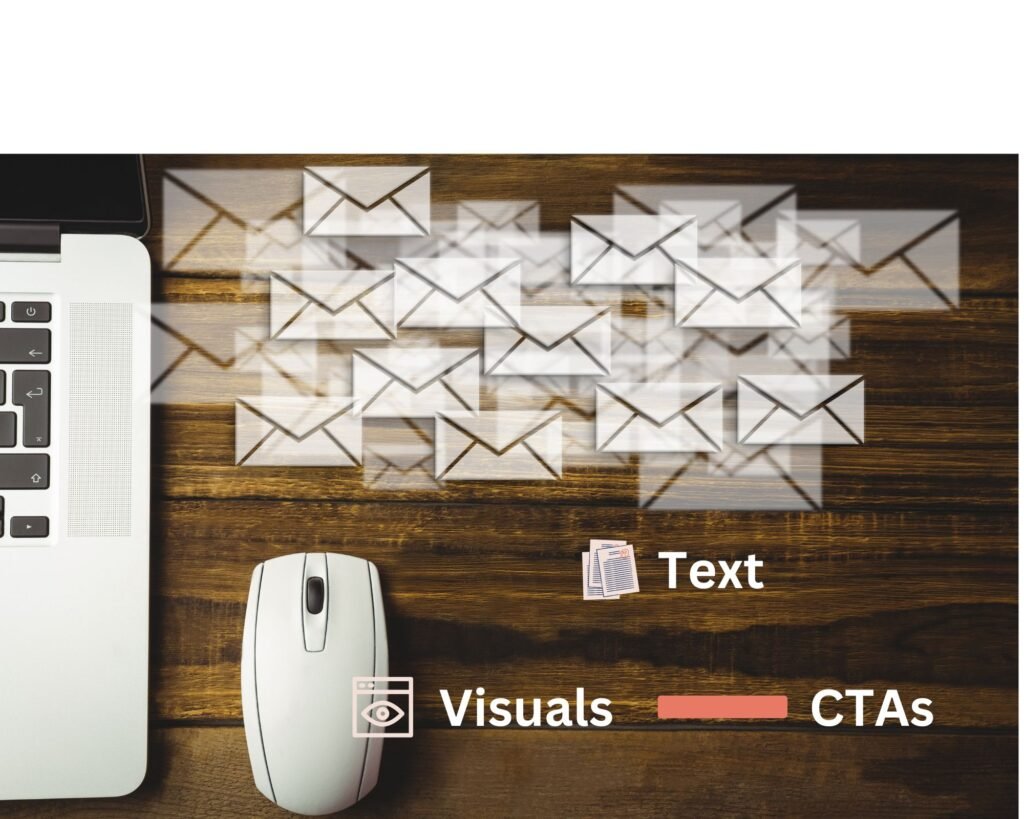
Now that we know what it is and what its benefits are let’s take a look at what types of dynamic email content you can use in your campaigns:
- Text
Visualize how beneficial it would be to deliver tailored emails with distinct messages and offers to each customer- that’s the power of dynamic email text! Instead of a universal approach, you can craft personalized messaging based on what your customers already have or need.
Your email messages will be more compelling and convincing when you use dynamic copy, leading to an uptick in conversions. There are a few ways to make the most of this powerful tool:
- create eye-catching subject lines;
- write engaging body content, and
- include clear calls to action.
For example:
“Hey {{firstname}}, thanks for being a loyal customer! Buy now. We’d like to offer you a 15% discount on your next purchase.”
- Visuals
Visuals have been proven to increase click-through rates, conversions, and engagement. But hold on, different visions will engage everyone, right? That’s why dynamic visuals can be so helpful.
You can use personalized images in emails that showcase what customers need or what you want them to see. This helps create more engaging content that’s tailored to your recipients.
For example:
You can use visuals based on gender.
- CTAs
Your emails should have a clear goal, and the best way to ensure customers take the action you desire is through calls to action (CTAs).
It allows you to create tailored CTAs with text and visuals that resonate better with your audience, giving you a chance to boost engagement and conversions.
For instance: “{{firstname}}, shop now for 15% off!” buy now.
Four Steps To Perform Dynamic Email Content
Now that we understand what dynamic email content is and what types you can use in your campaigns let’s look at what steps you need to take to set up dynamic email campaigns.
Collect Information

Initiate the process by collecting relevant data about your customers. This information spans from fundamental contact details, including email addresses, first names, and last names, to more intricate data like their purchase history, areas of interest, and preferences.
Employ diverse data collection methods like surveys, web forms, and other means to accumulate comprehensive information. The goal is to acquire as much data as possible, laying a solid foundation for the subsequent steps in your strategy.
Utilizing Various Data Collection Methods Diversify your data collection methods to ensure a robust and comprehensive understanding of your customers: leverage surveys, web forms, and other tools to capture a wide range of information. Beyond basic contact details, investigate their purchasing behavior, interests, and preferences.
This multi-faceted approach to data collection will equip you with a nuanced understanding of your customer base, serving as valuable insights for shaping the subsequent stages of your strategy.
Segmentation

The next step is to segment your customer data. Segmentation allows you to target different segments of customers with the right message at the right time, leading to improved engagement and conversions.
You can use customer data, such as;
- Engagement: what type of content are they engaging with?
- Interests: What products or services do they like to purchase?
- Demographics: what age and what gender are they?
Create A Dynamic Email Message
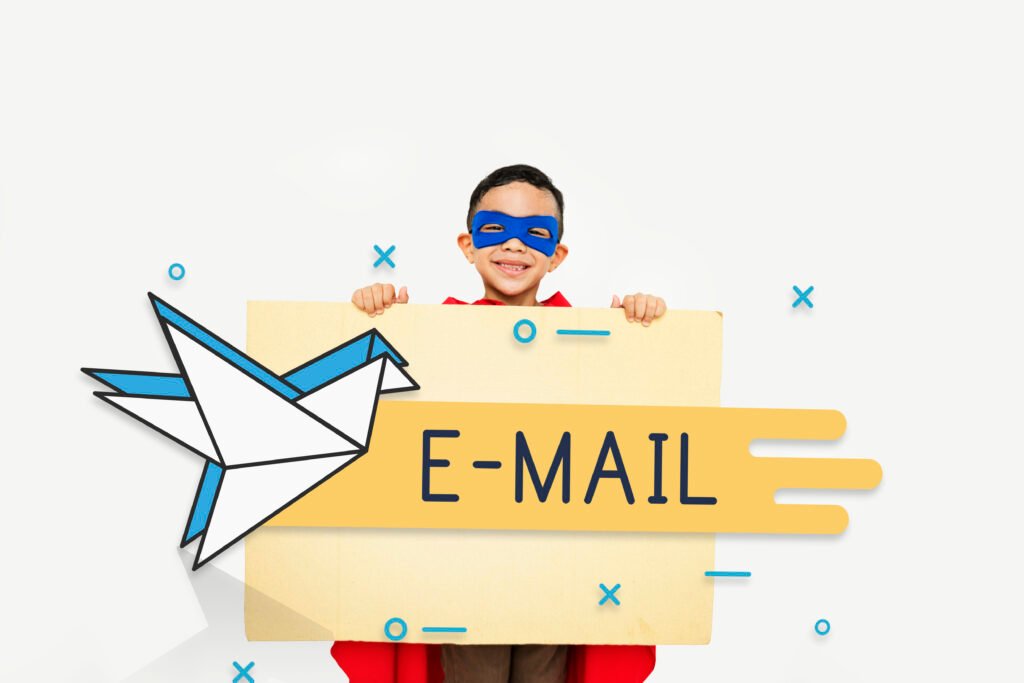
The third crucial step is crafting a dynamic email message that dynamically appeals to your segmented customer base. That entails composing compelling subject lines and body content, integrating visually engaging elements, and embedding persuasive calls to action. Maintain a clear focus on the specific action you wish your recipients to take in response to the email, ensuring that each campaign is finely tuned for optimal success. This strategic alignment with your audience’s segmentation enhances the message’s resonance and impact.
Optimizing Email Effectiveness:
Additionally, consider experimenting with various versions of your dynamic email content. By conducting tests, you can gauge the effectiveness of different elements and identify what resonates best with your audience. This iterative method enables you to enhance and fine-tune your messaging strategy, ensuring your dynamic emails are visually appealing and strategically optimized for maximum impact.
Create An Email And Set Up A Campaign

Finally, it’s time to develop the email and initiate the campaign. After acquiring all the essential information, leverage a suitable email marketing platform to efficiently create email templates, establish campaigns, and monitor the performance metrics of your emails. These platforms streamline the process, allowing you to manage the deployment effectively and analyze the impact of your email marketing initiatives.
Examples Of Dynamic Email Content

Dynamic email content allows for personalized and interactive experiences within emails. Here are a few examples of dynamic email content:
- Personalized Recommendations: An email from an e-commerce website May incorporate personalized product suggestions according to the recipient’s browsing history or previous purchases.
- Real-Time Updates: Emails can include real-time information, such as shipping updates, flight status notifications, or live event updates. This ensures that the recipient receives the most up-to-date information.
- Countdown Timers: Adding a countdown timer to an email can create a sense of urgency. For example, an email promoting a limited-time sale can include a timer counting down to the sale’s end.
- Interactive Surveys or Quizzes: Emails can include interactive elements like surveys or quizzes, allowing recipients to engage directly with the content within the email
- Personalized Dynamic Forms: Instead of directing recipients to external forms, emails can include dynamic forms that allow recipients to submit information or complete transactions directly within the email.
- Whether or Location-Based Content: Emails can include weather information or location-specific content, such as local event recommendations or store promotions based on the recipient’s location.
- Dynamic Images or GIFs: Emails can use dynamic images or GIFs to create engaging visual experiences. For example, an email promoting a clothing brand can showcase different outfit options with dynamic images.
Difference Between Static And Dynamic Email
A static email has fixed content that remains the same for all recipients. It typically includes basic information such as text, images, and links. The content is pre-designed and does not change based on individual user data or behavior. Static emails are commonly used for newsletters, promotional announcements, or general updates.
On the other hand, Dynamic emails are highly personalized and adaptable based on user data, preferences, or real-time updates. They use dynamic content and advanced coding techniques to deliver a more personalized and interactive experience.
Dynamic emails offer more personalization, interactivity, and real-time updates than static emails. They enable marketers to deliver more tailored and engaging content to recipients, improving conversions and customer satisfaction. However, it’s essential to consider compatibility and testing across different email clients and devices when using dynamic email features.
Disadvantages Of Dynamic Emails

- Creating dynamic emails requires more advanced coding skills and technical knowledge.
- Dynamic email features may not be supported by all email clients or devices, potentially resulting in inconsistent rendering.
FAQs
Q: How Often Should I Send Dynamic Emails?
A: It depends on what kind of content you’re sending and your customers. Generally, it’s best to send emails 2-3 times monthly.
Q: Is Dynamic Email Content Expensive?
A: It depends on what email platform you’re using and what type of content you’re creating. Some platforms may charge an extra fee for dynamic content, while others may include it for free. So, it’s up to you to research and find the best platform for your needs.
Q. How Can I Test Dynamic Email Content?
A: You can test your dynamic content by creating A/B tests. That will allow you to evaluate the effectiveness of two different versions of your email and determine what works best for your customers.
Final Thoughts
Now that you understand dynamic email content and what it can do for your business, consider implementing it in your campaigns. Remember, It is not the only way to reach your goal, but it can be a powerful tool in your arsenal.
Still, if you face difficulties, please leave your questions in the comment section. We will be happy to answer you.
Thanks for reading 🙂
Also, Read – How To Send A Video Through Email?, and
Gmail Templates: How To Set Up & Use Them {With Examples}




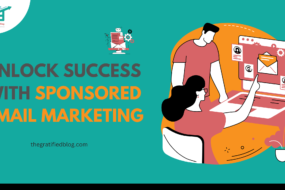
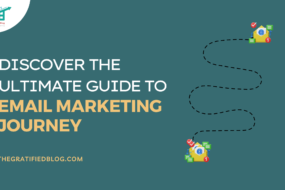
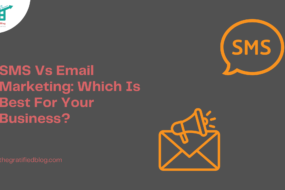

No Comments